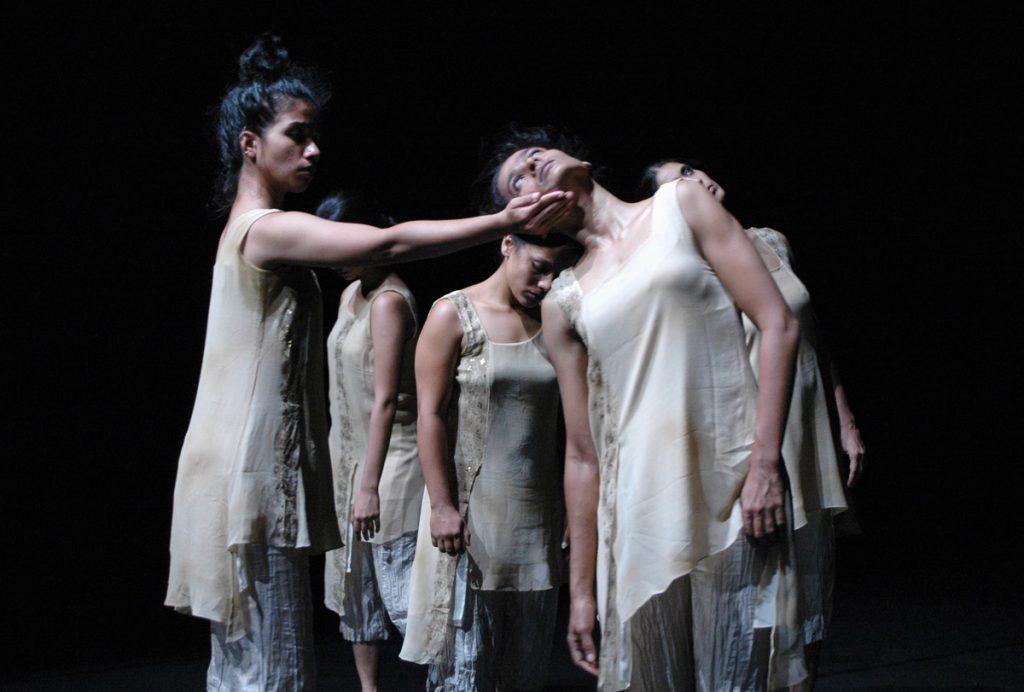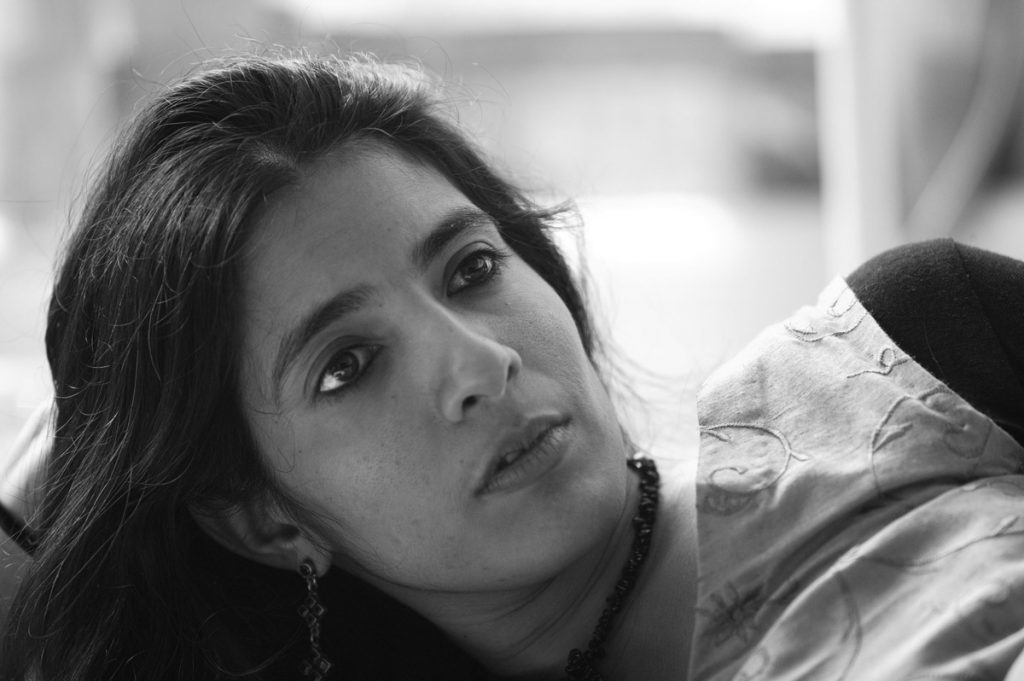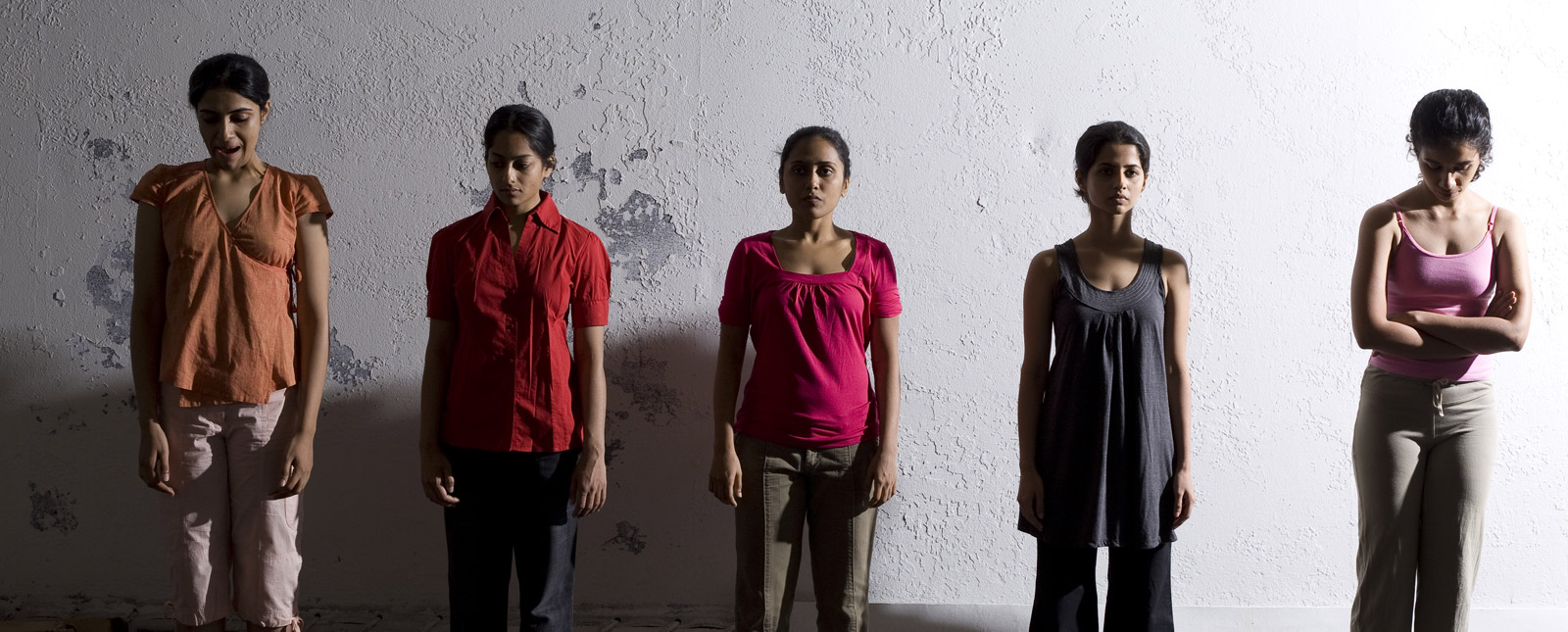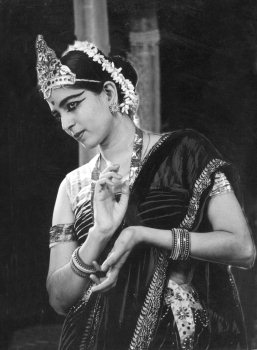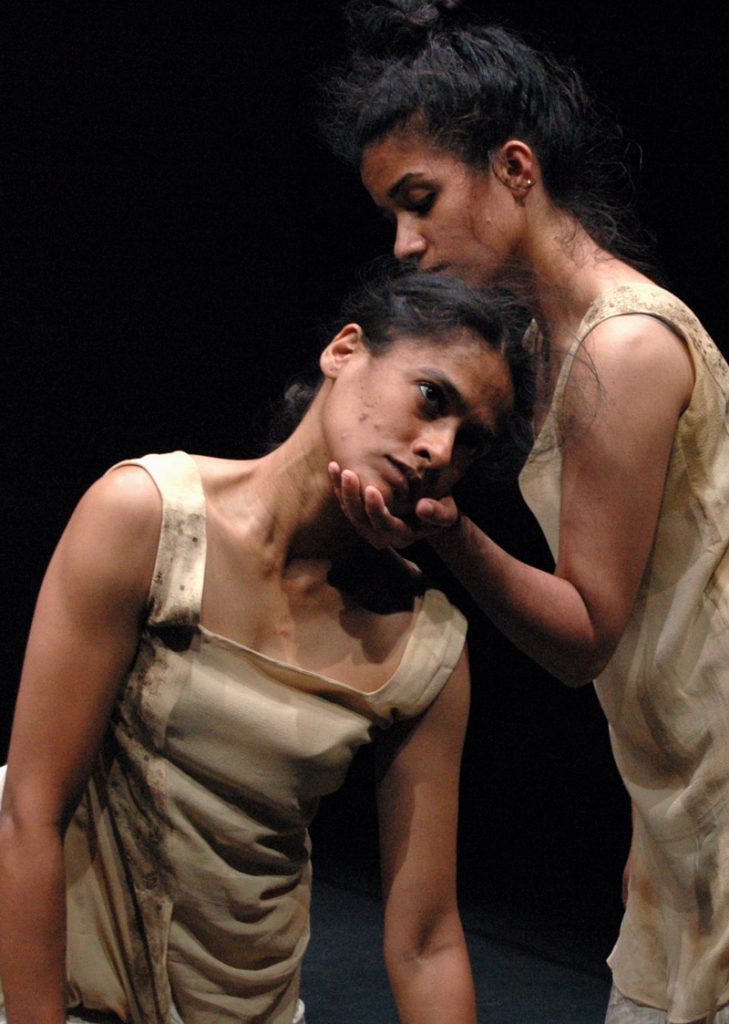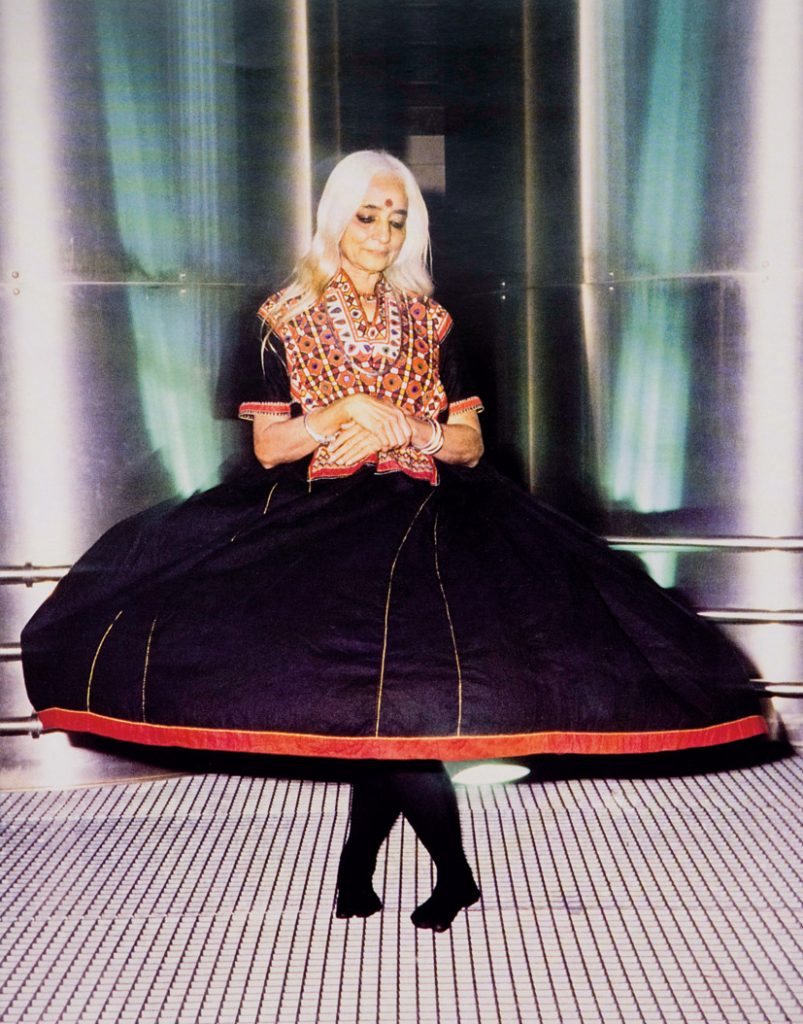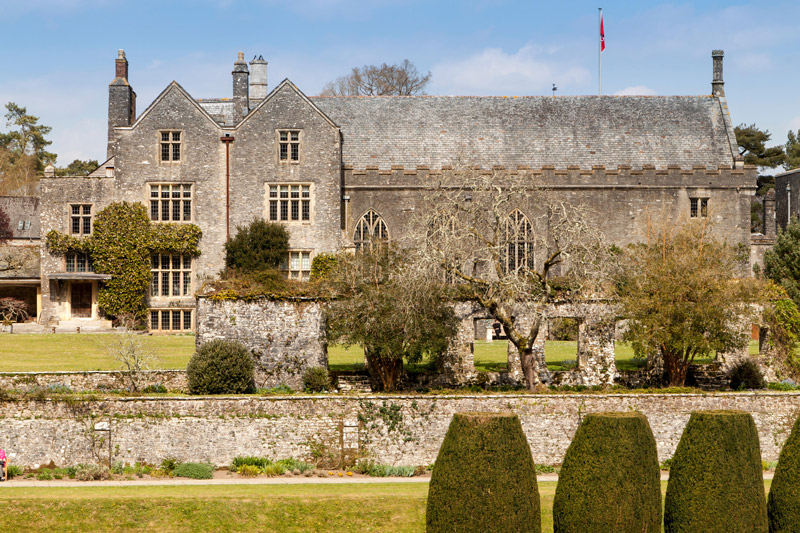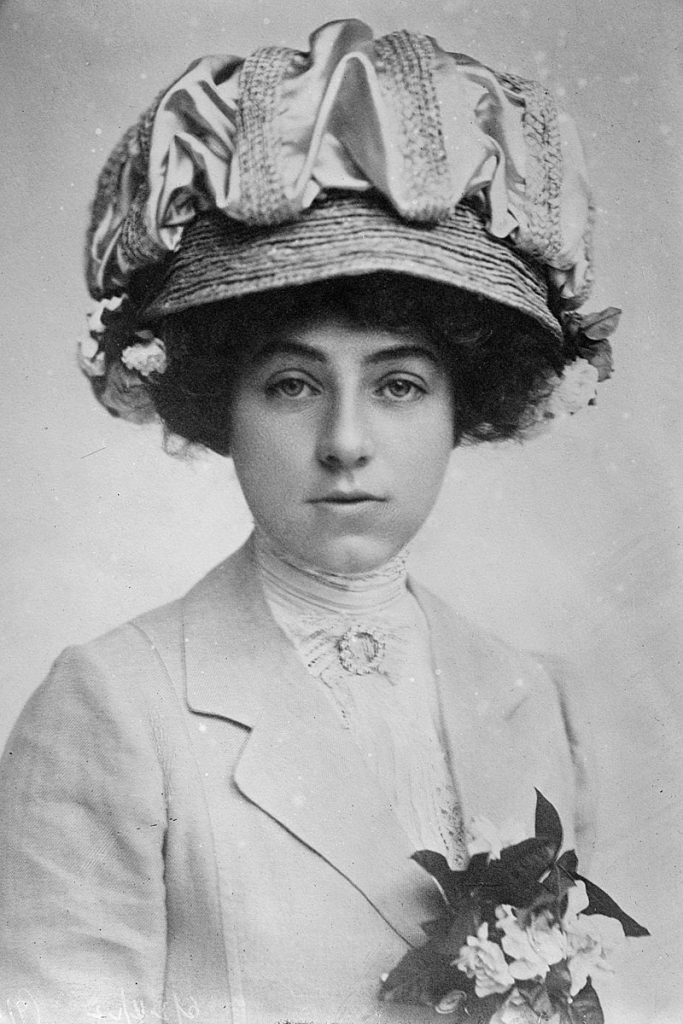JUSSEL 2009
Anna-Miriam Jussel, Vom Tempeltanz zum heutigen Bharatanāṭyam, Dissertation, Wien 2009
Begleitheft zur Ausstellung „A Slightly Curving Place“ (23.7.-20.9.2020) im Rahmen des HKW-Projekts Das Neue Alphabet (2019 –2021), Haus der Kulturen der Welt, Berlin
KATRAK 2011
Ketu H. Katrak, Contemporary Indian Dance . New Creative Choreography in India and the Diaspora, Palgrave Macmillan, 2011
MOUNT 2017
Kevin Mount, A History of Dartington Hall in Twenty-three Moments, hg. von / edited by the
Dartington Hall Trust, Dartington 2017
NICHOLAS 2007/2011
Larraine Nicholas, Dancing in Utopia. Dartington Hall and Its Dancers, Alton 2007, Taschenbuchausgabe/ paperback Binsted 2011
YOUTUBE
SEBALY 2016
Abigail Sebaly, Esprit de Tour. A conversation on retracing the Merce Cunningham Dance Company’s 1964 World Tour, 17.5.2016, URL: <https:// www. youtube.com/ watch?v=4napust2Vhg> [aufgerufen am 18.5.2021].
E-MAIL KORRESPONDENZ
CHANDRALEKHA 2020
E-Mail-Korrespondenz zwischen Sadanand Manon und Marietta Piekenbrock, Jamila Adeli und Antonina Krezdorn vom 14.11.2020
CHETTUR 2022
E-Mail-Korrespondenz zwischen Padmini Chettur und Brygida Ochaim vom 7. und 9.4.2022
ZEITSCHRIFTEN
CHETTUR 2011
Padmini Chettur im Interview mit Deepa Punjani, in: Mumbai Theatre Guide, 2011, URL: <https:// www.mumbaitheatreguide.com/ dramas/ interviews/ 26-padmini-chettur-interview.asp#> [aufgerufen am 25.5.2021].
DOSHI 2021
Tishani Doshi, Chandralekha, Seminar-Magazin
https://www.india-seminar.com/2021/746/3%20Chandralekha-Tishani.htm
NASKAR 2016
Srija Naskar, Remembering Chandralekha, whose work redefined Indian dance traditions,
2016, https://www.sundayguardianlive.com/people-society/6898-remembering-chandralekha-whose-work-redefined-indian-dance-traditions
RAGHUVANSHI 2019
Alka Raghuvanshi, Mohan Khokar Dance Collection: It was one man’s mission in life, now India’s treasure, in: The Asian Age, 20.8.2019 [https://www .asianage.com/india/all-india/200819/mohan-khokar-dance-collection-it-was-one-mans-mission-in-life-now-indias-treasure.html]
THOMAS 2016
Elizabeth Thomas, Experimenting with tradition, in: Deccan Chronicle, 19.12.2016
https://www.deccanchronicle.com/lifestyle/books-and-art/191216/experimenting-with-tradition.html
MARTIN/ZAPOL 2018
Oral History Interview with Julie B. Martin, 2018, Nov. 7–8, Transkript des Gesprächs zwischen Julie B. Martin und Liza Zapol, S. 46, URL: <https:// www.aaa.si.edu/ collections/ interviews/ oral-history-interview-julie- b-martin-17613> [aufgerufen am 18.5.2021].
